Deciding On Your Own Progressions And Regressions
Ever get stuck giving an exercise to a client and no matter what you did they just didn't get it? That awkward moment where you don't have anywhere to go and you are literally making it up on the spot? Yep, that's happened to me too.
What changed this for me was having a reliable selection of progressions and regressions I could choose from and tailor to that client's level.
For example, if my baseline was a "body weight squat" and my client couldn't do it, I could give them a light DB goblet box squat. Couldn't do that, then perhaps a DB sumo squat... still no good, then the TRX supported squat. The main point here being that I always have somewhere to go.
The key to doing this well is actually limiting yourself and choosing the regressions and progressions you feel are most effective.
These are not set in stone and can be changed but the exercise of limiting yourself forces you to choose only the most suitable exercises for the movements you will use.
A beginner coach may have 1 baseline exercise, 1 regression and 1 progression.
An intermediate coach may use 1 baseline exercise, 2 regressions and 2 progressions.
An expert may use 1 baseline exercise, 3 regressions and 3 progressions.
Then simply fill out your movements whether they be a squat, hinge, push and pull etc.
Less Is More
In our effort to show our clients how much of an expert we are, we can easily overwhelm them. We throw advanced technical knowledge, the why behind everything you will be doing and cueing the shit out of your client until they become paralysed thinking about just sitting down correctly.
A real game changer for me was actually shutting up, watching carefully and choosing just one thing that I thought would have the biggest impact. I didn't always get it right but with experience, I got better, made more accurate cues and my clients improved much faster than before.
You may only work on one cue per exercise throughout your 3/4 sets with them. Your clients will be far better off mastering that one thing than trying to perfect the many idiosyncrasies of a squat or deadlift in one session.
Your Energy Is More Important Than Your Program Design
Although program design is important to keep our clients safe and injury free, it is in fact much less important than you think in the grand scheme of things.
Why? The reality is, our clients don't really care about "why" we put things in a particular order, they just want us to show them what to do, how to do it safely and have some element of fun in their experience with us.
In particular, they want the positive energy you have to give them. They want to feel like they are improving, that they are progressing and that you really care.
If we stand around arms folded or leaning on equipment with the world's greatest program being delivered with zero enthusiasm, the client will notice and find someone "nicer" to train with.
They will look for someone who provides good energy for that session. It doesn't matter how good your credentials, your mastery of creating the perfect program or even how many Instagram followers you have.
That's not to say we need to be loud, in your face cheerleaders! Far from it.
Be present, be interested and stay engaged throughout your time with your client. We can take for granted just how powerful these fundamental things are.
Ask yourself a question. If you were paying £250+ a session, what would you expect? With that in mind, what one thing can you do today to grow closer to delivering that level of service?
I stole this off Mike Boyle who I think stole this from someone else. Either way, it's a brilliant quote that is so true.
"Your clients don't care how much you know until they know how much you care"

